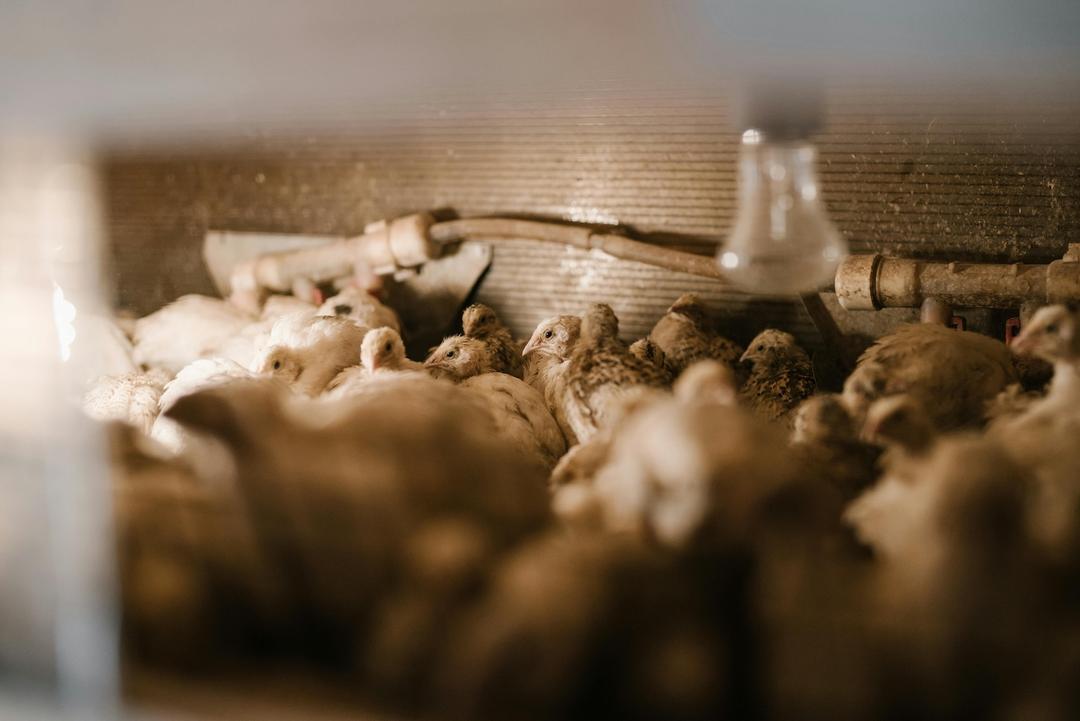Increasingly in Texas — and across the country — everyone seems to call themselves regenerative. The word shows up on ranch signs, produce labels, even longtime operations that haven’t changed much in decades.
But what does regenerative agriculture actually mean? And how much of it is marketing versus measurable change?
🌱 What “Regenerative” Really Means
At its heart, regenerative agriculture is about rebuilding the land’s capacity to sustain life — soil life, plant life, and the human communities that depend on both.
Rather than prescribing one method, it follows broad ecological principles:
- Keep soil covered.
- Minimize disturbance.
- Maintain living roots as much of the year as possible.
- Integrate livestock in healthy cycles.
- Encourage plant and microbial diversity.
These ideas aren’t new. Many Texas ranchers and farmers would say they’ve practiced them for generations — just without the buzzword. What’s new is measurement: tracking soil carbon, water infiltration, and biological activity to verify that regeneration is actually happening.
🧱 Rebuilding From What?
Texas farmers aren’t starting from zero — they’re starting from loss.
As shown in Texas Soil Health: What We’re Really Rebuilding, decades of intensive tillage, overgrazing, and bare seasonal fields have reduced organic matter from 3–4% to under 1% in many regions. That means thinner topsoil, less water retention, and more vulnerability to drought and flooding.
Regenerative practices aim to reverse that decline.
Long-term data from USDA’s Conservation Effects Assessment Project (CEAP) show that no-till planting, cover crops, and rotational grazing can rebuild 0.1–0.3 percentage points of organic matter per year, depending on rainfall and soil type.
🌾 The Problem With the Buzzword
“Regenerative” has no legal or certification standard — yet.
That means the label can describe everything from rigorous soil-monitoring programs to a single compost pile or pollinator strip.
The result is confusion. Marketing departments love the optimism of the word; scientists prefer its metrics. For visitors, the key is learning how to tell the difference between regeneration as a process and regeneration as a promise.
🔍 How to Tell Real Change From Rebranding
When a farm or brand claims to be regenerative, look — or ask — for evidence:
1. Soil testing, not slogans.
Do they track organic matter, infiltration rates, or soil carbon? Real progress shows up in data.
2. Continuous cover.
Healthy soil is rarely bare. Look for cover crops, compost, or perennials protecting the surface year-round.
3. Livestock as tools, not ornaments.
Managed grazing cycles animals through small paddocks to stimulate growth and return nutrients. Continuous grazing, by contrast, leaves bare ground.
4. Water that stays put.
A good indicator is how a field handles heavy rain. Regenerative systems absorb water instead of shedding it.
5. Local biodiversity.
Pollinators, native grasses, and ground-nesting birds returning to the landscape are visible signs that the soil food web is working again.
🌤️ Why It Matters — in Texas and Beyond
Few places experience extremes like Texas: flash floods, deep droughts, and long growing seasons that test every farming system. But the same soil-health principles apply everywhere.
A one-percentage-point gain in soil organic matter can store roughly 20,000 extra gallons of water per acre, reduce fertilizer dependence, and buffer crops against heat stress. Multiply that across thousands of acres, and the potential impact becomes enormous — for Texas, and for any region working to restore degraded land.
🪶 What Visitors and Consumers Can Do
You don’t have to be a soil scientist to support regeneration.
When you visit a farm or ranch — in Texas or anywhere — ask:
- How do you measure your soil health?
- What changes have you noticed over time?
- What does “regenerative” mean here?
Those questions keep the term honest and connect you directly to the people doing the hard, hopeful work of rebuilding soil from the ground up.
📚 References
- USDA NRCS (2015). Assessment of the Effects of Conservation Practices on Cultivated Cropland in the Texas Gulf Basin (CEAP Report).
- USDA NRCS (2024). Conservation Practices on Cultivated Cropland in the Lower Mississippi & Texas Gulf Coast Region (CEAP I vs CEAP II).
- Texas A&M AgriLife Today (2024). Soil Moisture Conditions Expected to Worsen Across State.
- Ecological Indicators (2022). Links of microbial and vegetation communities with soil properties in grassland ecosystems.
- Texas A&M AgriLife Extension. Know Your Texas Soils and Soil Preparation.





